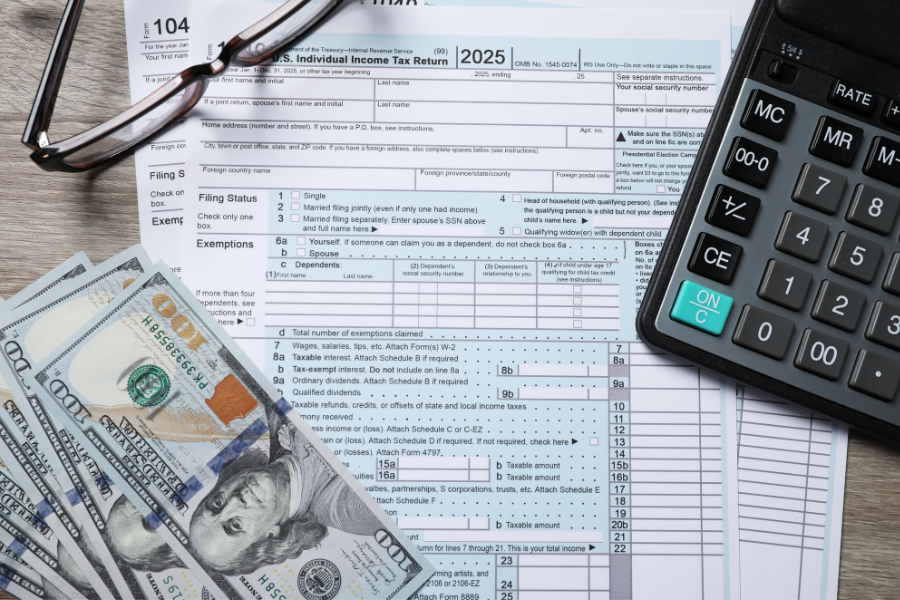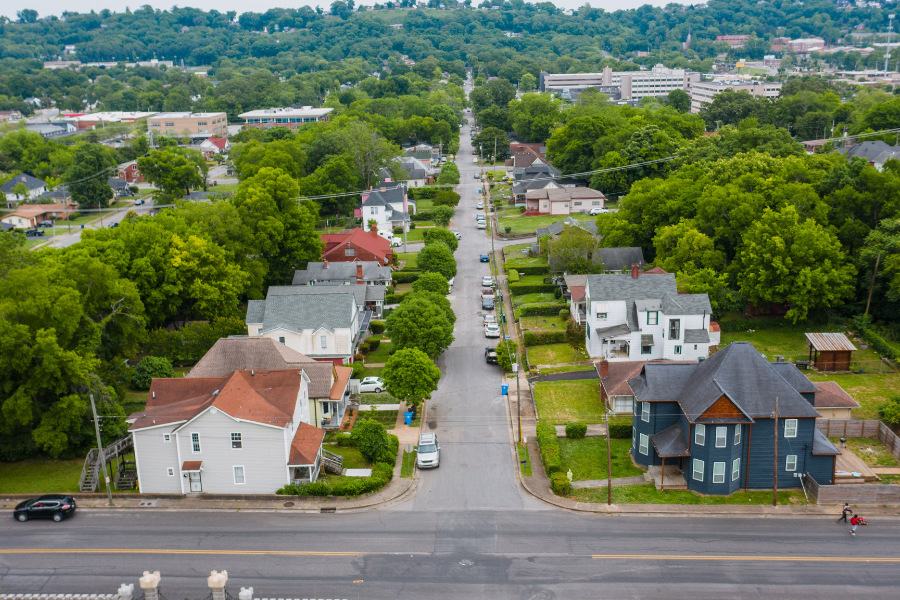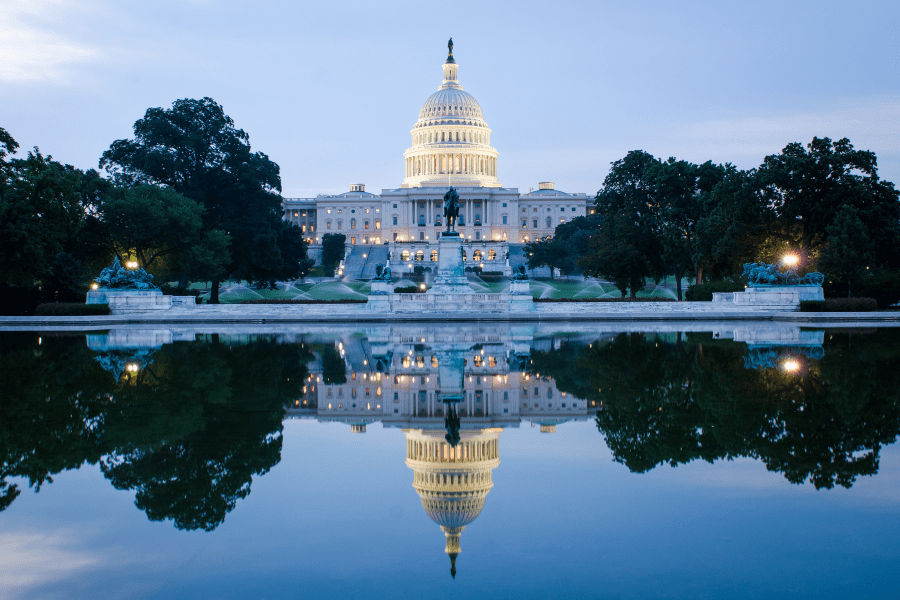May 21, 2025
Healthy Homes, Healthier Futures: Healthy Housing Policy
Why is there such a big gap between what we know about safe and healthy housing and the homes so many of us live in? Here's a look at the barriers to healthy housing and the policy changes that can help us.
By: Amanda Hatherly
A healthy home is critical to everyone. It affects things people notice every day—like whether their kids can breathe easily, their utility bills are affordable, and their home stays comfortable in every season. However, millions of American households still wake each morning to peeling paint, dampness and mold, or very high energy bills. Why is there such a big gap between what we know about safe and healthy housing and the homes so many of us live in? Let’s look at six barriers to healthy housing and then some policy changes that are under way and could be good models to use going forward.
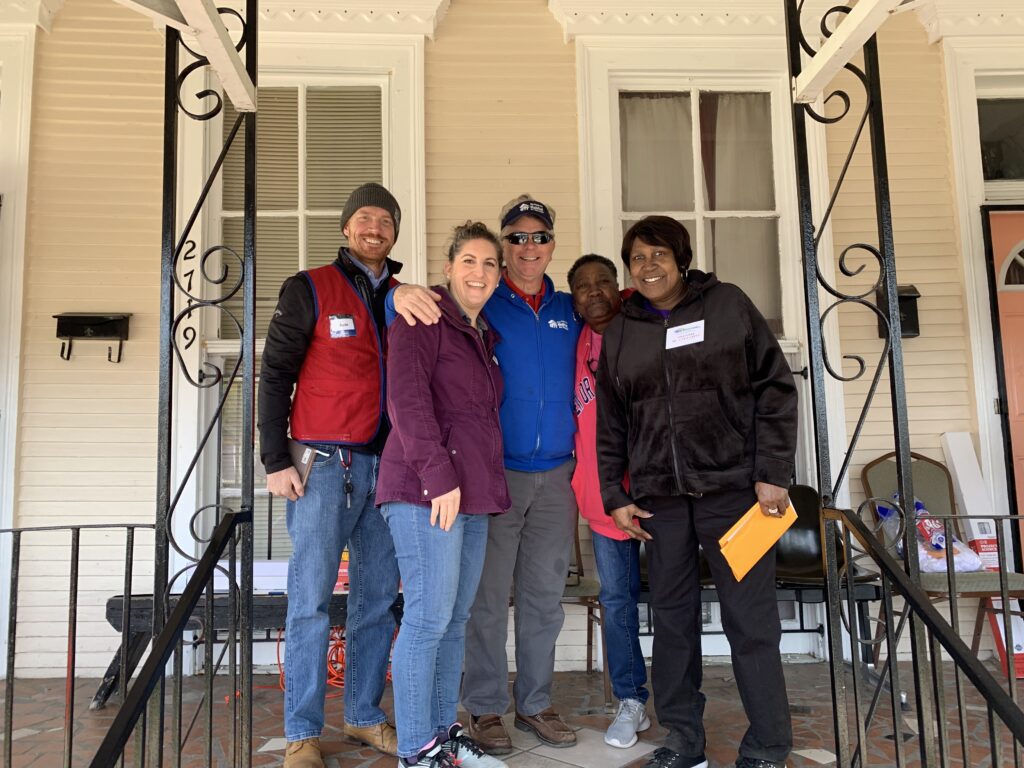
The Six Barriers Holding Back Healthy Housing
- Housing has become more and more expensive, and these costs not only take up such a large share of household income that routine maintenance becomes a luxury but also push many people into substandard living conditions. When a roof leak competes with this month’s rent, the rent almost always wins.
- Fragmented funding is a problem in many programs in this space. Grants arrive in narrow silos—energy here, lead abatement there—leaving local agencies to stitch funding together project by project.
- Low participation in healthy homes programs is chronic in marginalized communities. Families coping with multiple jobs or language barriers may distrust officials or simply lack the time to fill out lengthy forms. Tenants may tolerate substandard conditions rather than draw attention to them, in fear of rent increases or other retaliation by their landlords.
- Workforce gaps compound the problem. Healthy homes training has not been at the forefront of workforce initiatives, and for work to be done effectively, this information is crucial. Workers must also reflect the people in the communities in which they are working. This is important so homeowners and tenants feel more comfortable with the person entering their home.
- Climate events, from heatwaves to flash floods to wildfire, magnify every defect in the building envelope and systems. A poorly sealed attic can become deadly when outdoor temperatures are triple digits for a week straight and smoke from wildfires can exacerbate health issues for people in homes that lack good filtration systems.
- Inconsistent code enforcement also plays a role. In some communities, housing codes are lax, unenforced, or inconsistently applied—allowing unsafe housing conditions to continue year after year.
Why It Matters
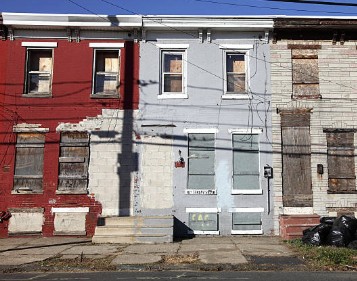
The barriers to healthy housing have huge human consequences. Nowhere is this more evident than in the health disparities linked to inadequate housing conditions.
Asthma is a prime example. Approximately 6.7% of U.S. children aged 0–17 have asthma, but the prevalence among non-Hispanic Black children is significantly higher at 11.1%. Poor housing conditions—such as mold, pests, and inadequate ventilation—are critical contributors.
Lead exposure remains a significant risk, particularly in older homes. Children from low-income households and those living in housing built before 1978 are at the greatest risk of lead exposure.
These health disparities, and more, are not randomly distributed; they disproportionately affect low-income families and communities of color, compounding the effects of poverty and systemic inequities. Addressing housing quality is not just a matter of infrastructure, it’s an important step toward health equity.
Policy Momentum Is Beginning to Shift
Despite the challenges, new policies are reshaping the future of healthy housing and creating new opportunities for contractors in the process.
Cities are strengthening renter protections. In New Orleans, the new Healthy Homes Rental Registry requires landlords to pass regular healthy homes inspections. That means a growing demand for qualified professionals to assess homes and remediate problems, especially for multifamily apartments, to meet the new city standard. Proactive programs like this are also expanding in places like Boston, shifting the focus from reactive fixes to preventive work.
Some states are working to connect housing and health services more directly. In New York, the new Social Care Networks link hospitals, managed care plans, and housing programs. United Way Long Island is training crews not just to weatherize homes, but to recognize and address housing related health risks as well, with work being funded through Medicaid.
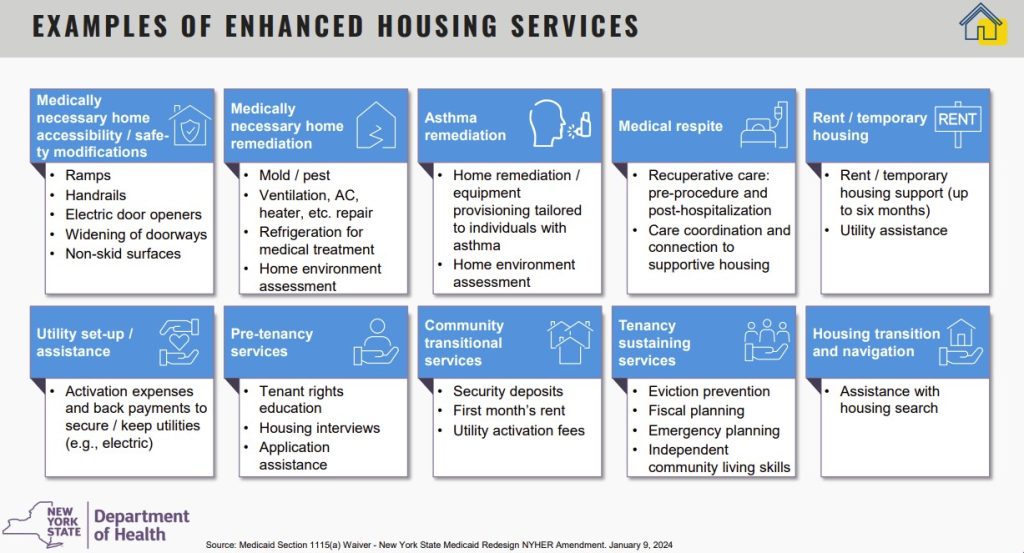
Workforce qualifications are becoming more important. Many incentive programs now require BPI certified contractors trained in building science and healthy homes. When your team holds those credentials, you’re more competitive for public and utility-funded work—and better equipped to deliver high-quality results.
Finally, technology is changing how jobs get done—and how impact gets measured. Mobile apps, air quality sensors, and other new technology is helping provide real-time data on things like moisture or indoor air quality, giving contractors instant feedback and giving homeowners visible proof that the work is making a difference. For programs and crews alike, this kind of data builds trust, improves quality, and helps secure future funding. It’s proof that what you’re doing works.
Community
Even the best-designed program can fail if homeowners or tenants don’t trust it. That’s why more healthy housing initiatives are involving the community from the start—not just in planning meetings, but even doing the work on the ground. When residents understand what work is being done, why it matters, and how it benefits them, jobs run more smoothly.
Outreach teams are now partnering with local groups to build trust and buy-in. This leads to better participation, especially in homes where people might be hesitant to open the door without a trusted connection. When the community is on board, contractors can focus on doing the work.
The Road Ahead
Healthy housing policy is at a turning point. Extreme weather is growing more destructive, draining city budgets that were once reserved for schools and public services. Healthcare costs keep rising, and the population is aging. This leaves more people vulnerable to healthy housing issues. Doing nothing now will cost far more later.
We need to quickly incorporate healthy homes work into existing programs and integrate renter protections, workforce training, data integration, and climate resilience under one roof. When these pieces come together, the benefits multiply: fewer missed school days, less strain on hospitals, more resilient communities, and reduced energy demand.
The path forward is clear. It’ll take smart policy, creative funding, workforce development, and real trust in communities. But if we do those, “healthy homes” stops being a future goal and starts changing lives.


